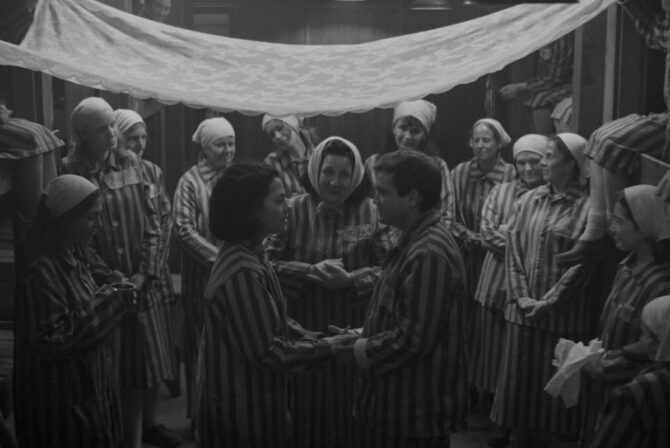The internet is all a-Twitter (pun intended) about the latest news. Which is Fake News ™.
Everyone from The Wall Street Journal to NPR to Scary Mommy is channeling The Simpsons’ Helen Lovejoy, shrieking, “Won’t somebody think of the children!” and hyperventilating over preteens and teens not being able to differentiate between news from “legitimate publications” versus partisan mudslinging.
Now, fake news is neither a modern phenomenon, nor is it exclusive to the internet. Back in 1932, the Paper of Record was crowing about writer Walter Duranty receiving the Pulitzer Prize for his series, Famine? What Famine? There is Definitely No Famine Here in Ukraine and Joseph Stalin is Totes Aces. In 1981, there was Jimmy’s World, another bogus Pulitzer Prize winner about a drug dealer shooting an 8-year-old up with heroin. And in 2003, Jayson Blair at The New York Times pretty much made up… everything.
Children are not the only ones fooled by fake news. If that were the case, we wouldn’t need sites like Snopes.com to explain that no, CNN did not air a half-hour of porn (even though CNN apologized for it, anyway, thus creating fake news about fake news), and no, Donald Trump has not appointed Bill Cosby Secretary of Women’s Rights (first, that’s not a thing, and second, oh, come ON, people!).
Fake news has always been with us, and likely always will be. Here are some tips children—and adults—can use to separate the (mostly) true from the (mostly) false (all stories have a little of each):
1. Watch out for an unexplained change in metrics. Did obesity really spike in the US, or has the definition merely changed? How about diabetes? Autism?
2. Do your own math: During Hurricane Katrina, one breathless (television) reporter swore that 10 dead bodies were being tossed out of the Superdome every hour. My husband (the math teacher) pointed out that would mean more people died in the Superdome, at the end, than actually were left in New Orleans at the time the storm hit. (More debunked media rumors, here.)
3. Ask If It Makes Sense: When he heard about Jimmy’s World, my husband’s immediate question was, “Why would a dealer shoot up an 8-year-old? 8-year-olds have no money.” (This goes to prove that he’s not only good at math, but also common sense.) The same goes for reports (looking at you, Anderson Cooper) that, during Katrina, survivors were shooting at rescue helicopters. Who would do that? Why would they do that? Answer: Nobody. They didn’t.
4. What’s Not Included? I’ve worked in several newsrooms. There is no such thing as impartial reporting. You don’t have to make up facts. All you have to do is cherry-pick which ones you include. An example I use with my kids is “Johnny pushed Billy.” True? True. But how does it change the story if you say, “Johnny pushed Billy after Billy called Johnny a name?” Still true, different slant. What about. “Johnny pushed Billy after Billy called Johnny a name after Johnny grabbed his ball?” All continuously true, but the story is yet again different. For every fact that’s there, try to find the ones that aren’t.
But here is the real problem about any news from any outlet: All the steps I outlined above are, frankly, hard. They require a conscious effort, going back to find original sources, math…
So, bottom line, what is one easy, surefire tip you can teach your children (and use yourself) to instantly identify fake news?
Here it is:
If you read a story that absolutely confirms every worldview you have, makes the people you hate look bad, the ones you admire look good, and at long last reveals controversial details you’ve always suspected—it’s fake news.
Guaranteed.
Because real life just isn’t that easy.
Read More:
What I Learned By Taking Care of an 8-Year-Old with an Incurable Brain Tumor
This Jewish Mom Has Donated Thousands of Bras & Tampons to Homeless Women
Shopping For My Daughter’s First Bra







